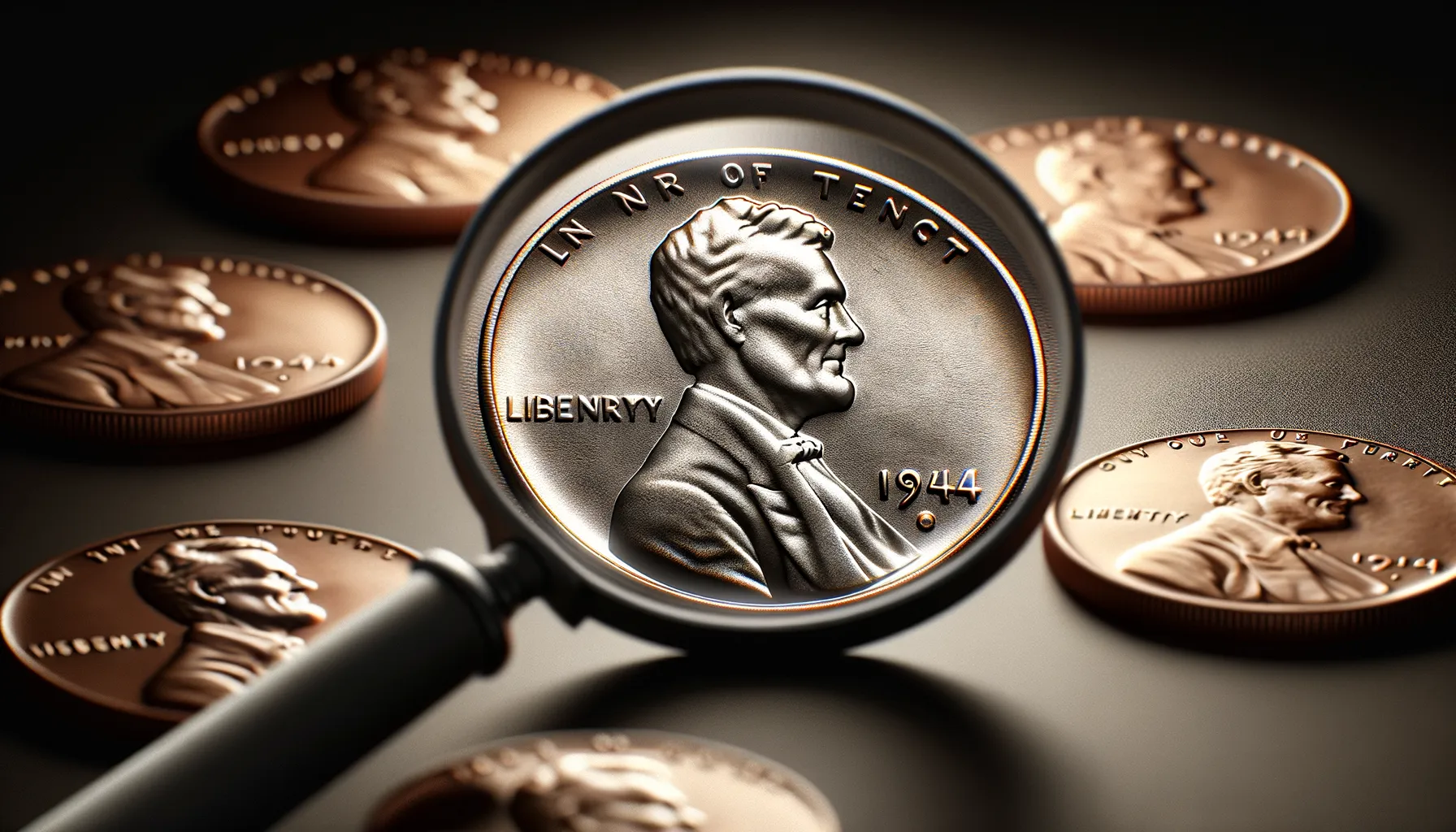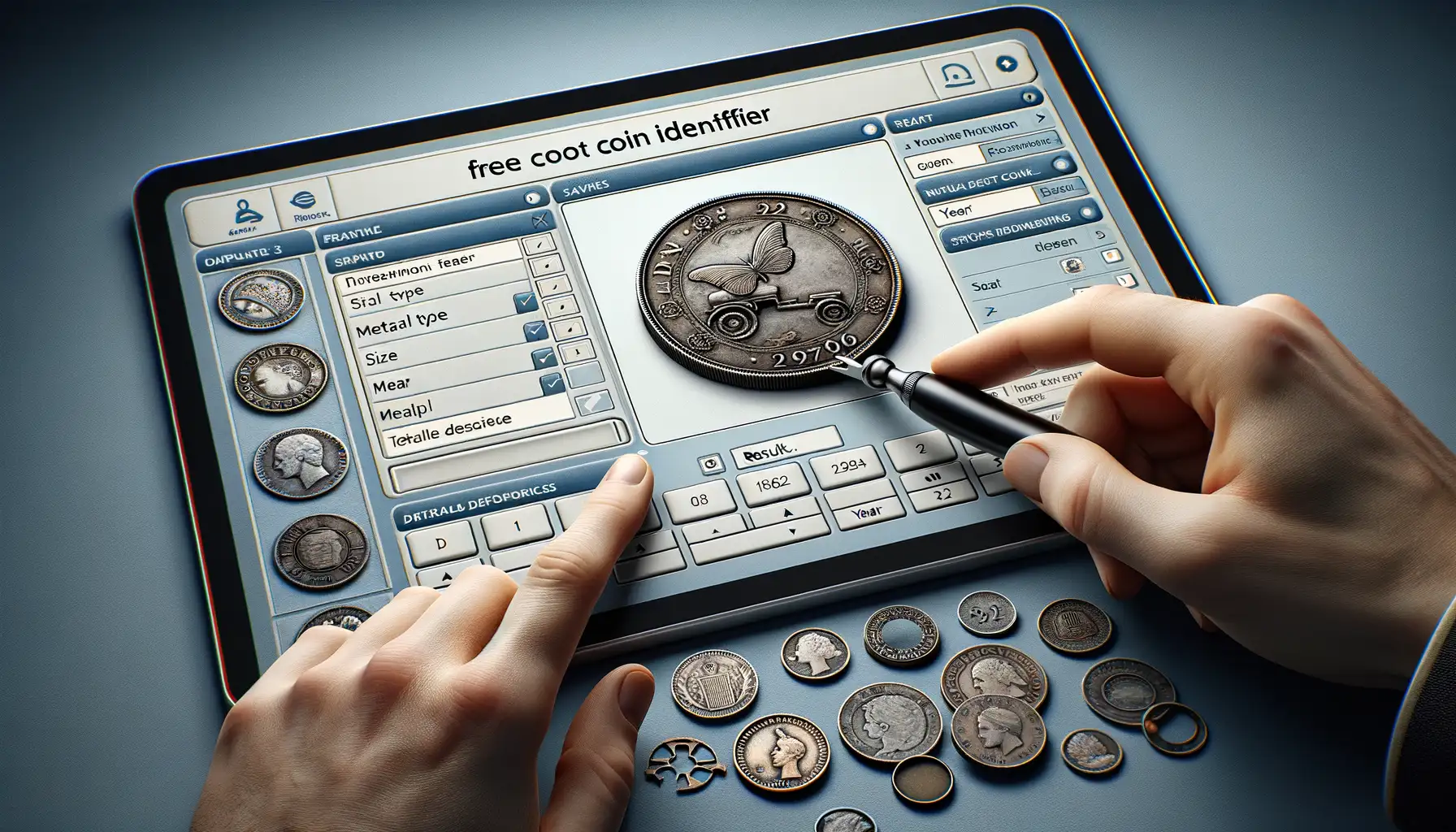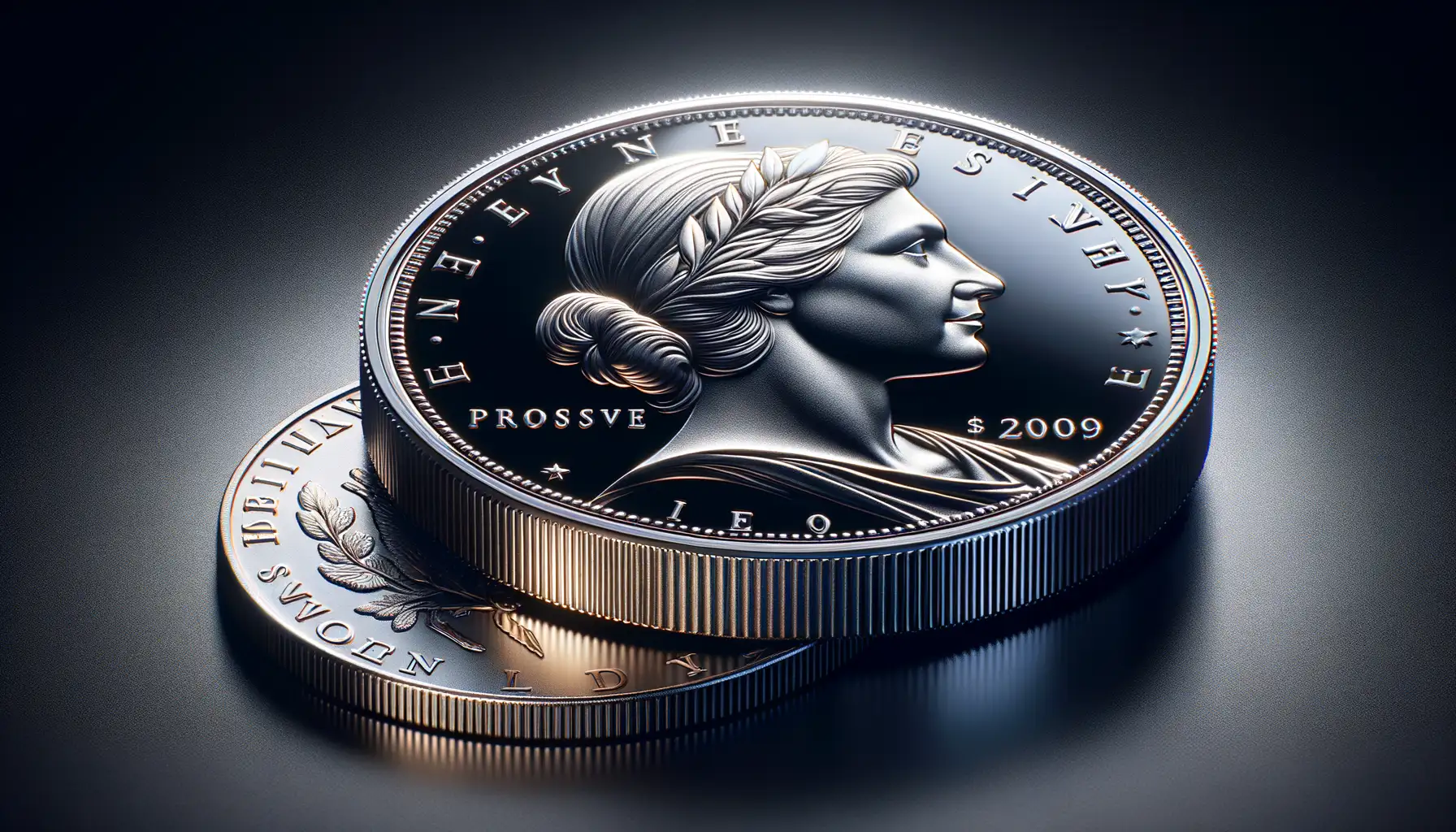Factors Influencing Rare Coin Prices in 2025
How Global Trends Shape Rare Coin Prices
Imagine your rare coin collection as a miniature time machine, each piece reflecting a moment in history. But in 2025, the market for these treasures is being shaped by forces far beyond the past—they’re rooted in today’s dynamic world!
Global economic trends are one wild card. A shaking stock market or inflation spike? Investors often pivot to tangible assets like rare coins, driving demand—and prices—sky-high. Meanwhile, shifting trade partnerships may influence coin exports and imports, potentially making certain regions’ pieces more elusive and valuable.
Another key player? Society’s growing fascination with stories over objects. Coins tied to significant historical events or figures—like a gold coin from Napoleon’s reign—are commanding higher prices as collectors crave not just wealth, but meaning.
- Digital platforms: From Instagram auctions to niche collector forums, these spaces are connecting buyers like never before, accelerating competition.
- Global political tensions: Sanctions or bans on artifacts could make coins from specific countries even rarer.
In 2025, rare coins aren’t just about their metal—they’re a battleground of economics, technology, and human desire.
Collector Behavior: The Hidden Influencer
If you’ve ever witnessed a bidding war at an auction, you’ll know: collectors don’t always play it cool. Emotions spark their decisions, and in 2025, sentiment-driven trends are impossible to ignore.
Take nostalgia, for instance. Coins commemorating the 20th century or other nostalgia-triggering eras are gaining steam. Why? People feel tethered to these moments, especially during uncertain times. And don’t underestimate the influence of social media buzz. A viral TikTok video showcasing a rare error coin can boost its price faster than you can say “numismatist.”
Interestingly, younger collectors are diving in hard, often favoring coins with unique quirks—minting errors, off-centered designs, or limited runs. This wave of tech-savvy investors is reshaping the market, demanding innovation in how coins are valued and traded.
It’s personal choices like these, rippling across communities, that make rare coin pricing less of a science and more of an art. It’s all fascinatingly unpredictable!
Key Trends and Market Analysis for Rare Coins
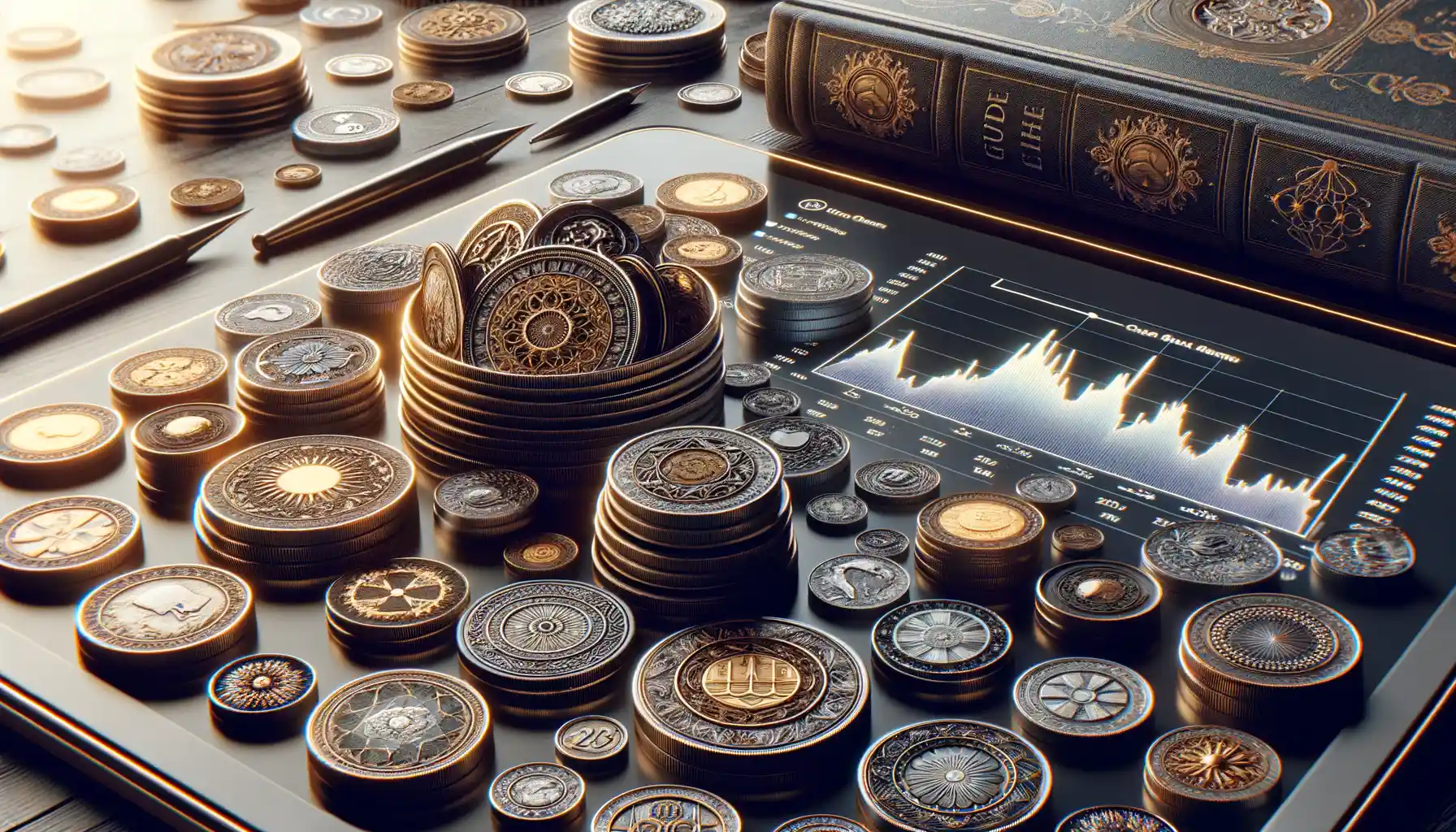
The Rare Coin Market’s Remarkable Momentum
The world of rare coins is buzzing! In recent years, collectors and investors alike have flocked to this captivating niche, driven by its dazzling mix of history, scarcity, and high returns. But what’s fueling the excitement as we look toward 2025? Let’s dive in.
Demand for rare coins is surging, with an appetite reminiscent of gold rush fever. From seasoned collectors to tech-savvy millennials, people are drawn to tangible assets with proven value. Add to that the rise of online auction platforms—think Heritage Auctions or Stack’s Bowers—and suddenly, a centuries-old market feels electric with modern energy.
- Key driver: Rising interest in alternative investments amid economic uncertainty.
- Spotlight trend: A spike in demand for U.S. coins from the 18th and early 19th century.
- The wild card: Emerging markets like Asia joining the rare coin scene with gusto.
The Technology Revolution: Coins Go Digital
Brace yourself—the rare coin market isn’t stuck in the past. Blockchain technology is rewriting the rules, enabling collectors to verify authenticity like never before. Tools like Numischain are gaining traction, ensuring every coin tells a provable story. Imagine owning a 1933 Saint-Gaudens Double Eagle with blockchain certification—proof so solid it feels like you’re holding history itself.
And don’t overlook social media. It’s no longer just for selfies and cat videos; Instagram influencers and YouTube numismatics channels are educating younger generations. Combine that with virtual auctions, and voilà! The market has become a global stage where everyone can bid in real time, whether they’re in New York, Tokyo, or their living room couch.
Top Rare Coins Expected to Rise in Value
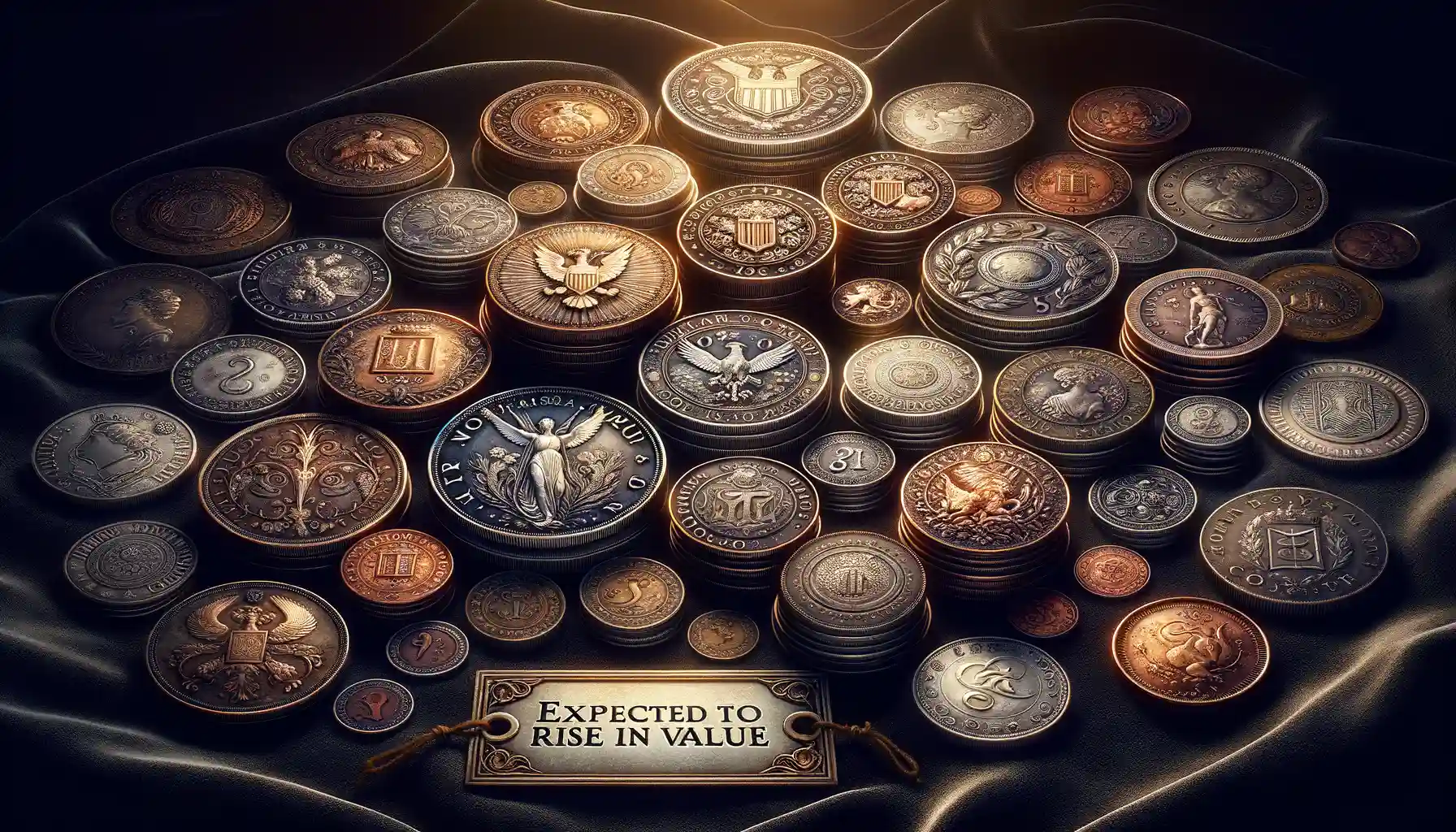
Hidden Gems That Could Shine Brighter
Are you ready to uncover some of the coin world’s best-kept secrets? Certain rare coins are poised to steal the spotlight and, quite possibly, your heart. These aren’t just shiny objects—they’re historical snapshots with stories that whisper through the ages. Here’s a taste of what collectors are buzzing about:
- 1933 Saint-Gaudens Double Eagle: The holy grail of gold coins, this beauty has already made headlines in auctions. Scarcity? Off the charts. Potential value? Astronomical.
- 1909-S V.D.B. Lincoln Cent: Yes, a copper coin can dazzle, too. With its tiny mintage and iconic initials, this one’s like finding poetry in pocket change.
- 1794 Flowing Hair Silver Dollar: Dreaming of the coin that might have been America’s very first dollar? This showstopper is dripping with history—and investment potential.
The Unexpected Contenders
Not all rising stars are obvious. Some coins quietly climb in value, surprising even industry veterans. Take, for instance, the unassuming yet ultra-rare 1916 Standing Liberty Quarter. This understated gem is so rare it’s practically a myth. Another curious case? The quirky 1943 Copper Penny, born from an accidental switch during wartime. Its value skyrockets with every sighting, much like a celebrity caught in the wild.
Keep your eyes peeled—today’s under-the-radar treasures could be tomorrow’s headliners. How thrilling is that?
Investment Strategies for Rare Coin Collectors
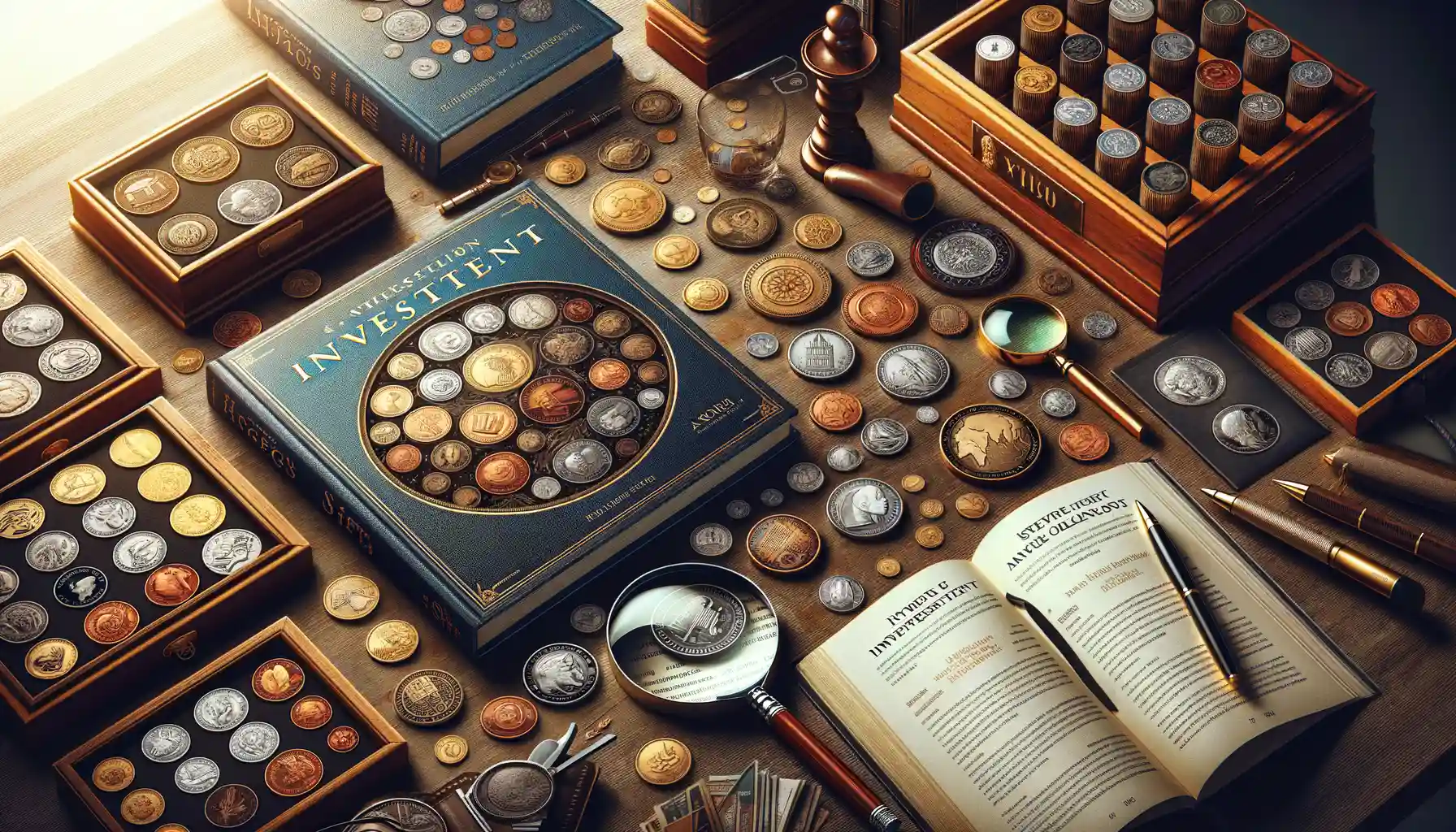
Building a Treasure Chest: Smart Ways to Invest in Rare Coins
Picture this: your rare coin collection isn’t just a hobby—it’s a vault of potential wealth waiting to unfold. But how do you make sure you’re buying coins that could shine brighter in value by 2025? Strategy is the magic word.
First, master the art of focus. Investing in rare coins isn’t about amassing random pieces; it’s about choosing coins with historical weight or low mintage numbers. Think coins like the 1909-S VDB Lincoln Cent or the 1916-D Mercury Dime. These are the kinds of treasures collectors whisper about.
Timing Is Your Secret Weapon
When it comes to rare coins, patience can be as valuable as the metal itself. For example, buying during low-demand periods (like summer auction lulls) often means snagging deals. But don’t forget to monitor market trends—coins linked to rising precious metal prices or surging collector interest can skyrocket.
Oh, and here’s a pro tip: follow reputable auction houses and dealers. It’s not just about finding coins; it’s about ensuring their authenticity and long-term desirability.
Potential Risks and Challenges in the Rare Coin Market
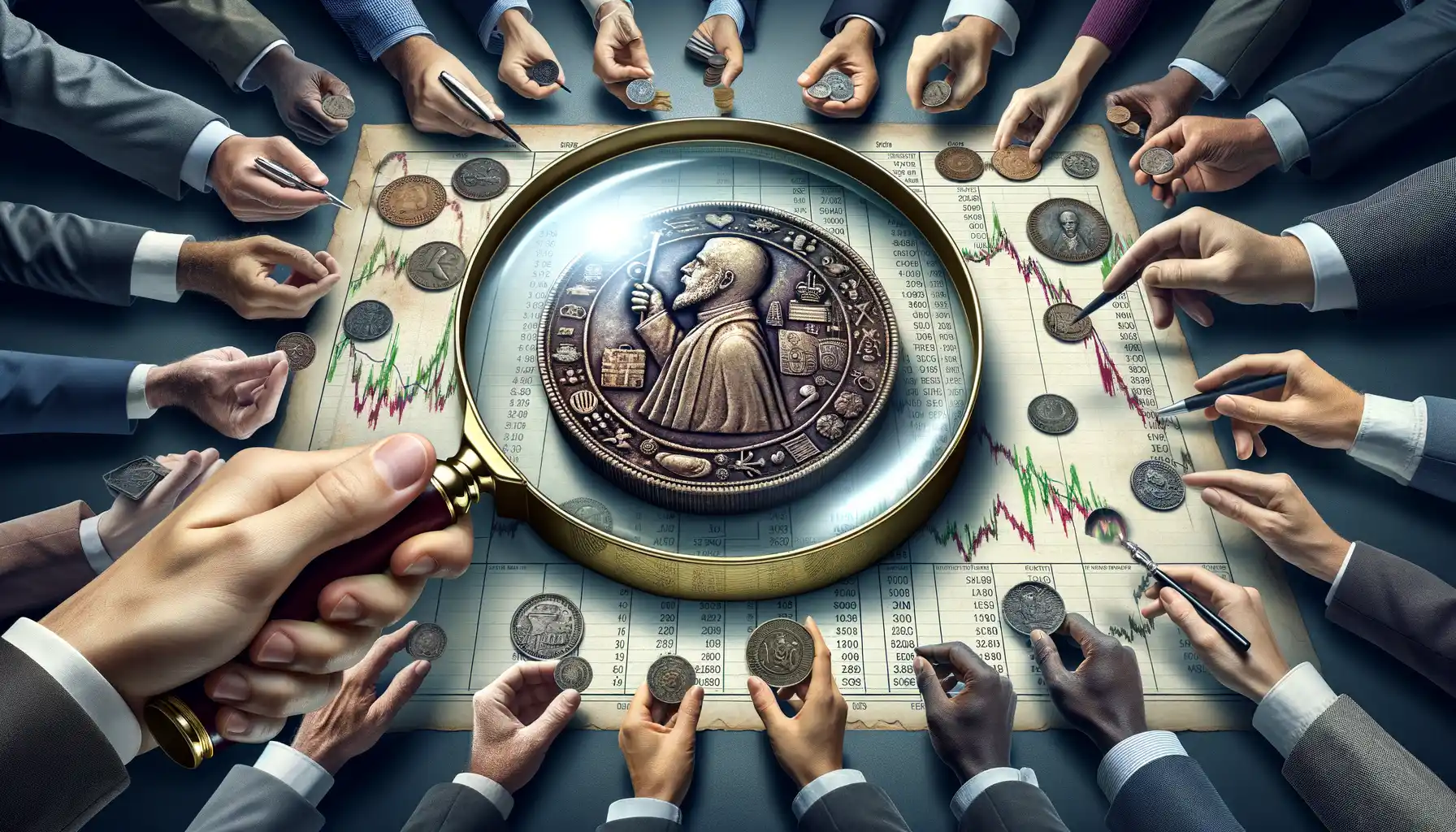
Unpredictable Market Fluctuations
Investing in rare coins can feel like riding a rollercoaster blindfolded—thrilling, yes, but also nerve-wracking. The market is often influenced by forces that even seasoned collectors struggle to predict. For instance, sudden changes in the global economy or shifts in investor sentiment can drive prices up—or send them tumbling. A coin that seemed destined for greatness one year could lose its appeal the next, leaving you holding an expensive piece of history with diminished value.
To add to the drama, trends in popularity can swing wildly. One minute everyone’s chasing after a 1933 Saint-Gaudens Double Eagle, and the next they’re declaring it passé, moving on to another glittery prize. Keeping up with these shifts is no small feat.
- Supply bottlenecks can make once-accessible coins scarce—and exorbitantly priced.
- A sudden flood of similar coins on the market can tank values overnight.
- Geopolitical events can impact collector behavior, especially for coins tied to specific nations or periods.
The Authenticity Minefield
Here’s where the heartache can really set in. Counterfeit coins haunt this market like a persistent ghost. Imagine paying premium dollars for what you believe to be an elusive 1804 Draped Bust Dollar, only to later discover it’s a convincing fake. Ouch, right? Even experts aren’t immune to being duped, and this risk amplifies when buying online or from unreliable dealers.
And let’s not forget the authentication process itself—it’s like navigating a labyrinth. Grading disputes are common, and subtle differences in condition can mean the difference between a $1,000 coin and a $10,000 one. Without a trusted grading agency like PCGS or NGC in your corner, every purchase becomes a gamble.


